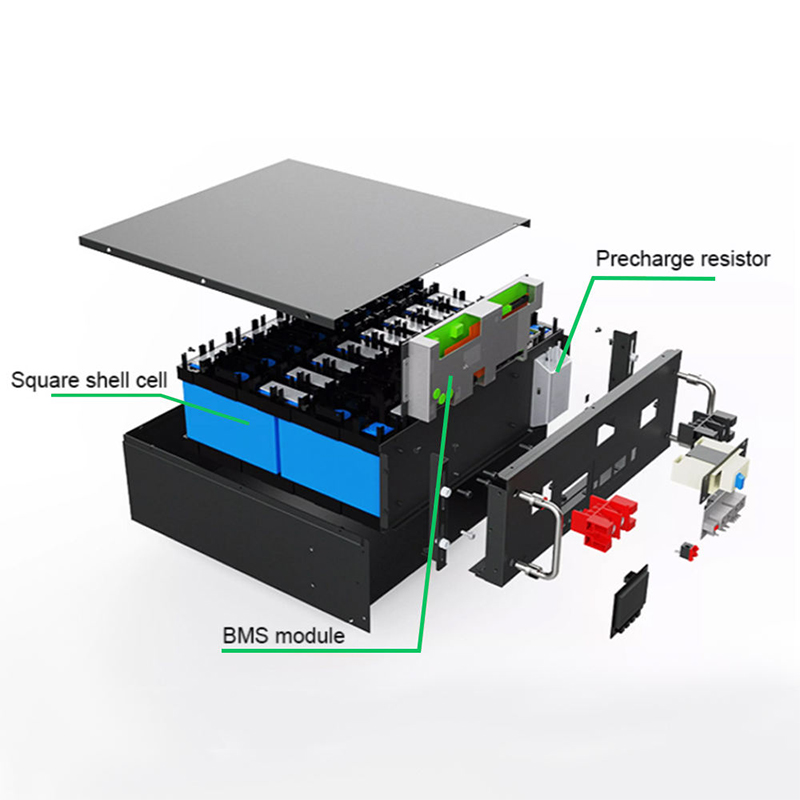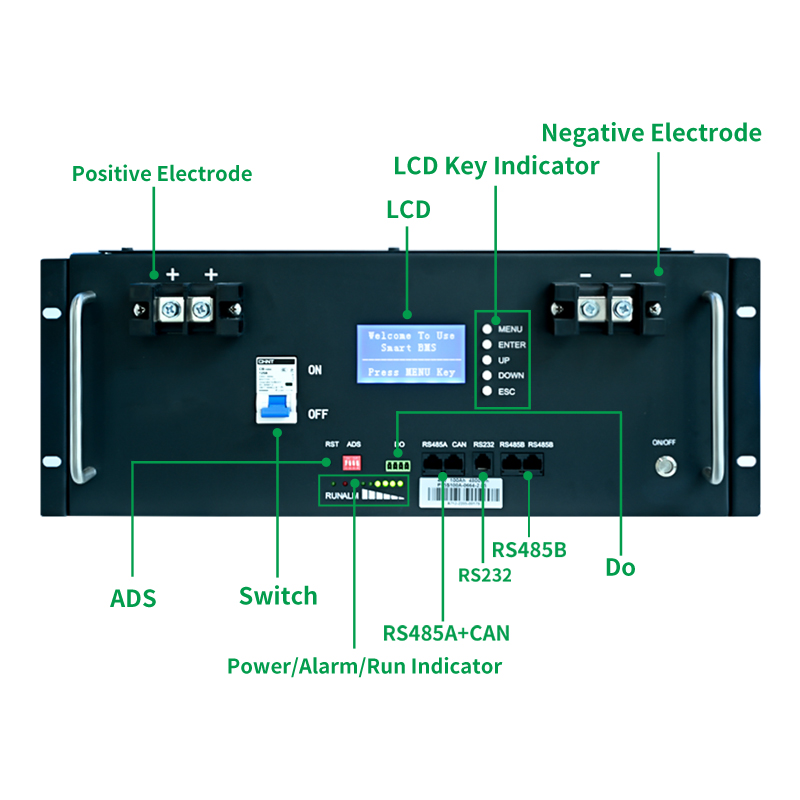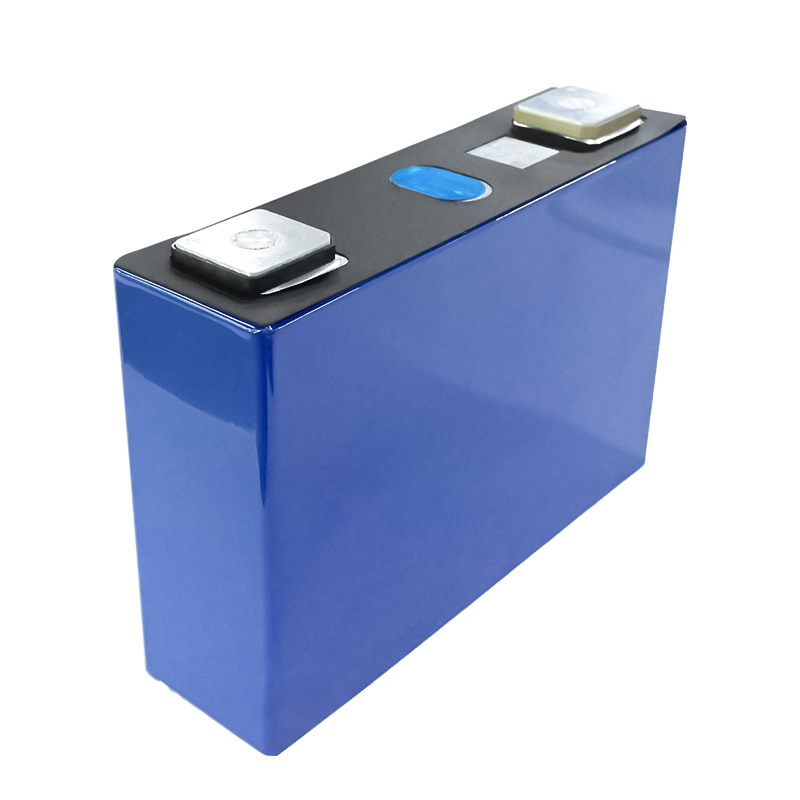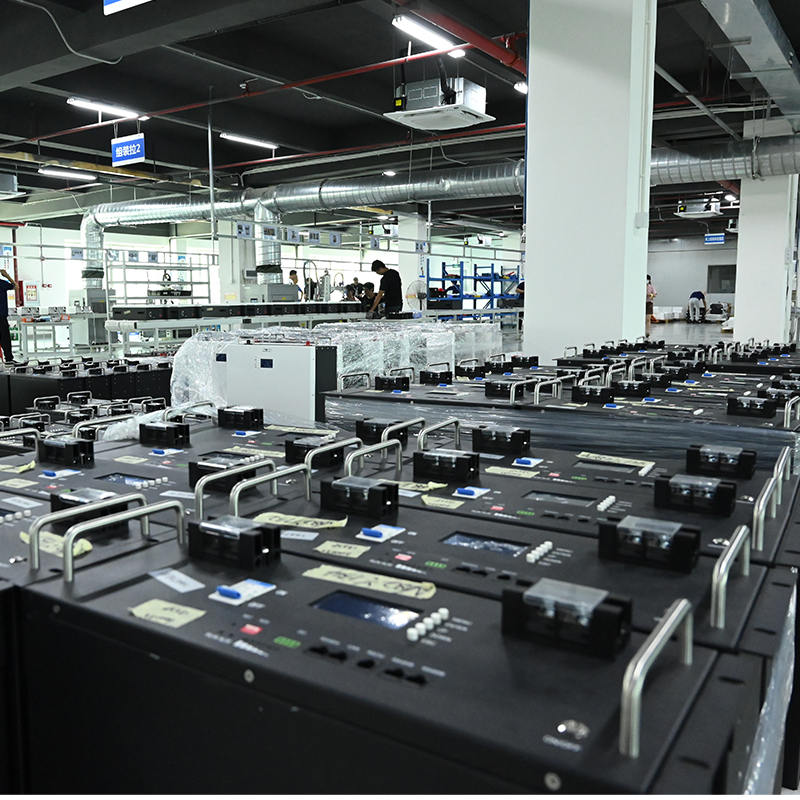SunArk solar lithium battery, also known as a solar lithium-ion battery or solar Li-ion battery, is a type of rechargeable battery that is commonly used in solar energy systems. It combines lithium-ion battery technology with solar energy storage capabilities, allowing for efficient energy storage from solar panels.
Brand:
SunArkMax charging current:
100AOperation Voltage:
42-54VdcLife cycles (80% DOD, 25%):
6000 CyclesLithium battery standard:
UL1642.IEC62619.UN38.3.ROHS.CE-EMCOperation temperature:
20°C to 60°C @60+-25% Relative HumidityStorage temperature:
o°C to 45*C @60+/-25% Relative HumidityStorage time / temperature:
5 months @ 25°C. 3 months @ 35*C: 1 month @ 45°C
A Solar lithium battery main components are:
1. Lithium-Ion Cells: The primary energy storage component of a solar lithium battery is the lithium-ion cells.
2. Electrolyte: The electrolyte is a chemical substance that facilitates the movement of lithium ions between the positive and negative electrodes of the battery.
3. Positive and Negative Electrodes: The lithium-ion cells have a positive electrode (cathode) and a negative electrode (anode).
4. Separator: The separator is a thin membrane that physically separates the positive and negative electrodes inside the battery.
5. Current Collectors: Current collectors are metallic foils that collect and transfer the electrical current generated within the battery.
6. Battery Management System (BMS): A solar lithium battery usually incorporates a battery management system, which monitors and controls the battery's voltage, current, temperature, and state of charge (SOC).

What's the main function of a solar lithium battery?
1. Solar Power Storage: The primary function of a solar lithium battery is to store the excess electricity generated by solar panels.
2. Load Shifting: Solar lithium batteries enable load shifting, which involves using stored energy during peak demand periods when electricity rates are higher or when solar power generation is insufficient.
3. Backup: Solar lithium batteries can provide backup power in the event of a power outage.
4. Power Smoothing: Solar power production can fluctuate due to factors such as varying sunlight intensity and cloud cover.
5. Peak Demand Reduction: By storing energy during off-peak periods and discharging it during peak demand periods, solar lithium batteries can help reduce peak demand on the electrical grid.

How to select a reliable LiFEPO4 lithium battery cell?
1. Battery Chemistry: Lithium-ion batteries are commonly used in solar applications due to their high energy density, long cycle life, and good charge/discharge efficiency.
2. Capacity: Battery capacity is the amount of electrical energy a battery can store, typically measured in ampere-hours (Ah) or kilowatt-hours (kWh).
3. Cycle Life: Cycle life refers to the number of charge-discharge cycles a battery can endure before its capacity significantly declines.
4. Efficiency: Battery efficiency influences the overall performance of a solar system.
5. Safety: Battery safety is crucial to prevent hazards like thermal runaway or fires.
7. Manufacturer Reputation: Choose batteries from reputable manufacturers with a track record of producing reliable and high-quality products.

How many process we have to produce a good quanlity lithium battery?
1. Calculate the exact battery bank capacity: Calculate the desired capacity and voltage for your battery bank based on your application needs.
2. Choose lithium batteries: Choose lithium batteries that meet your requirements and are designed for use in a rack configuration.
3. Choose a racking system: Select a racking system that is designed for the specific lithium batteries you are using.
4. Prepare the rack: Install the racking system and ensure it is securely mounted and stable.
5. Connect the batteries: Install the lithium batteries in the rack, following any guidelines provided by the battery manufacturer.
6. Configure the battery management system (BMS): If your lithium batteries require a BMS, install and configure it according to the manufacturer's instructions.
7. Test and verify: Once the batteries are properly racked and connected, perform thorough testing to ensure proper functioning and performance.
BTW, each battery will be charged to 100% before delivery.
FAQs:
Q1: Do you support OEM/ODM?
A:Definitely, OEM&ODM service is supported with a certain quantity,including customize logo,package and label;
Q2: What about the normally the production time?
A: The production time is normally 15 working days. but we will always prepare some stocks for popular models.
Q3: Can you provide DDP service?
A:Yes, if you are a personal customer and don't want to deal with the customs, we can provide DDP service to your address.
Q4: How about the warranty and how to claim?
A: Warranty period are 10 years since you receive the battery, our professional after-sales team will deal with all warranty issues.